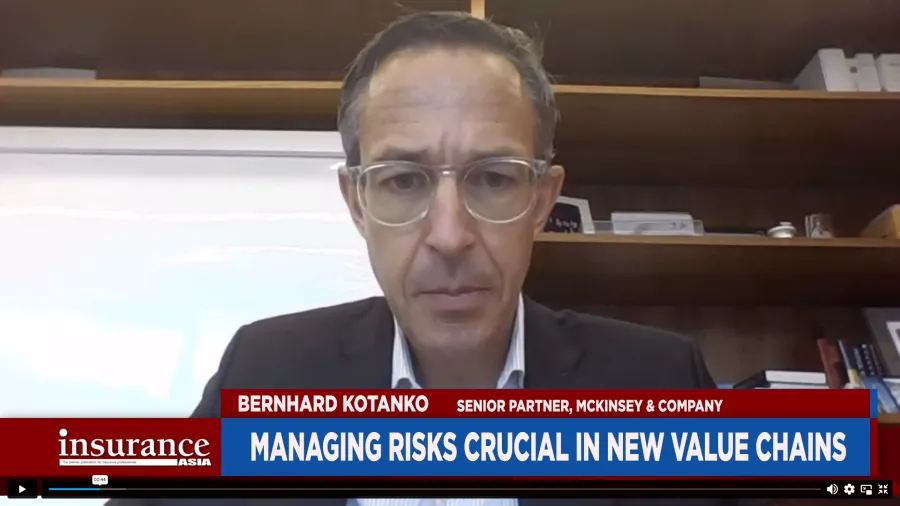
P&C insurance must close protection gaps or risk becoming irrelevant: McKinsey & Company
P&Cs in the Asia Pacific stand at only 0.5% of real GDP or half of the global penetration ratio.
Commercial property and insurance (P&C) insurance companies in Asia must take action to close protection gaps or risk becoming irrelevant, according to a recent report by McKinsey & Company.
The report, which analysed commercial property and casualty insurance in Asia, found that commercial P&C companies must focus on finding solutions to speed and cyber threats, climate risks, managing risks along new value chains, and business interruptions.
READ MORE: Top three things killing the insurance industry
Bernhard Kotanko, senior partner at McKinsey and Company, explained that the report found the macroeconomic situation is changing, with the impact of inflation on claims cost becoming more critical, and a softening trend in several lines within commercial P&C emerging.
Kotanko also highlighted the challenge of raising the overall penetration of commercial P&Cs where Asia Pacific currently only has a penetration ratio of about 0.5% of real gross domestic product, compared to the global average of double that number.
He suggested that insurers need to invest more in market-making and make a concerted effort to help customers understand what commercial P&C insurance can do.
Policy writers also need to develop distribution models that are closer to customers to meet their needs and develop them into real insurance demand.
ALSO READ: Insurers should keep an eye on liquidity risks
Kotanko emphasised that the global commercial P&C players and brokers should put more emphasis on Asia, as structural opportunities are emerging.
The report also found that commercial lines of insurance globally are being propelled by rate hardening, but this comes with downsides, such as lower risk mitigation and coverage and may lead to a decline in coverage.
The report comes at a crucial time as the insurance industry is at an inflexion point with new risks emerging. Insurers need to step up to this challenge and take proactive measures to address these risks or face losing relevance in the industry.
Take the impact of climate change, for example, and the need for insurers to be proactive in reducing exposures that clients face.
“We see it as important that the whole society… not just the insurance industry, but also in partnership with public governments, there is a discussion on how to pool and how to diversify these natcat (natural calamity) risks; and also, as an insurer, to be more of a partner in what can be done on prevention of the damages,” said Kotanko.
The report highlights the importance of commercial P&C protection as a share of the economy in Asia, which would help mitigate some of the operational risks held by corporate balance sheets or the public.
Increasing insurance penetration would make the real economy more resilient and efficient in mitigating risk.



















 Advertise
Advertise







